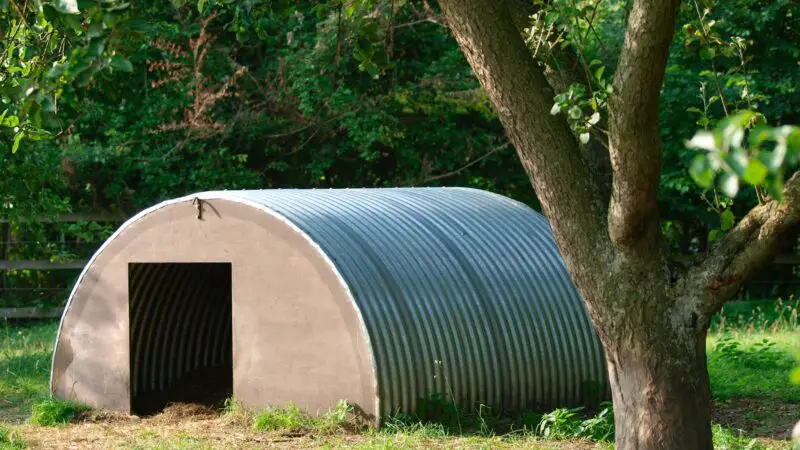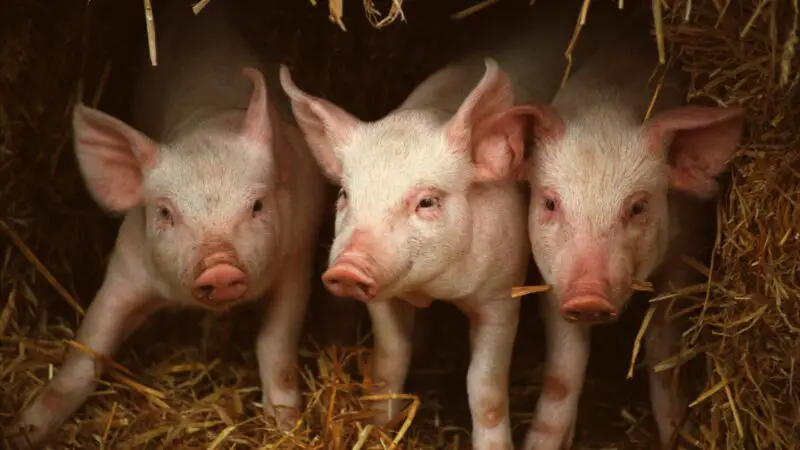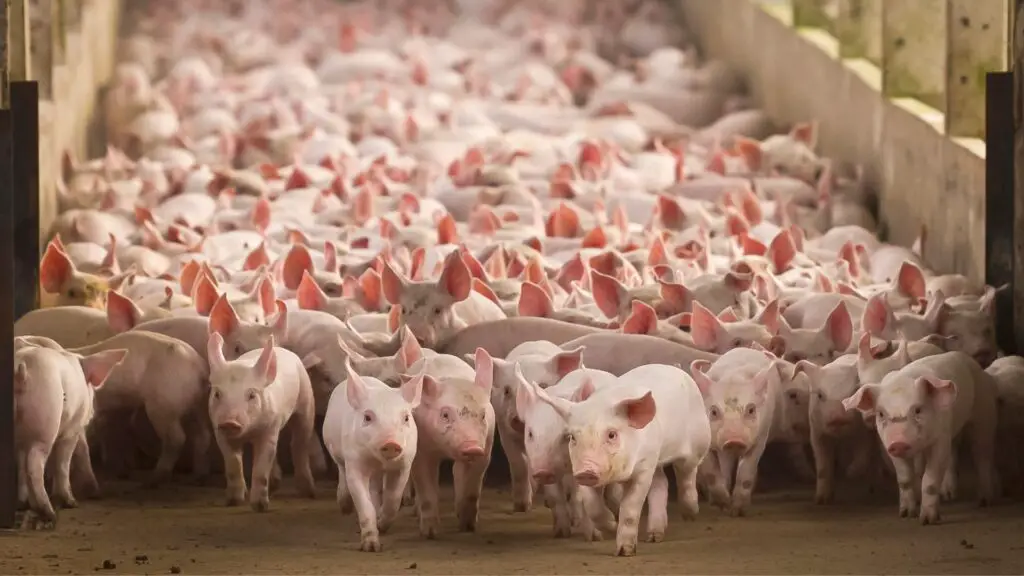Welcome to the ultimate guide for building a pig shelter! As an experienced farmer, I understand the importance of providing a safe and comfortable environment for our porcine friends. Stick around, and I’ll share some practical tips and personal experiences in building the perfect pig shelter.
To build a pig shelter, you need to consider the location, size, and design that suit the number and size of pigs, provide proper ventilation and insulation, ensure easy access to food and water, and plan for efficient manure handling.
In this comprehensive guide, we will dive into the requirements for hog raising, the elements for good pig housing, keeping pigs healthy, selecting the best location, and creating a construction plan. We’ll also discuss space requirements, handling manure, feeding and watering facilities, different pig housing models, and the importance of temperature control. So, buckle up and let’s get started!

What Are the Requirements for Hog Raising?
Raising hogs can be rewarding, but it comes with its own set of requirements:
- Housing: Pigs need a comfortable, well-ventilated, and secure shelter.
- Feeding: A balanced diet is crucial for their growth and well-being.
- Water: Clean water should always be available for pigs.
- Health care: Regular check-ups, vaccinations, and parasite control are essential.
- Space: Pigs require adequate space to move around and socialize.
Related: What Is the Best Way to Feed Farm Pigs? | Important Facts!
What Are the Elements for a Good Pig Housing?
A good pig housing should include the following elements:
- Adequate space: Ensure sufficient room for each pig to move around and rest comfortably.
- Ventilation: Proper airflow is crucial to prevent respiratory issues and maintain a comfortable temperature.
- Flooring: Durable and non-slip flooring is essential for the pigs’ safety.
- Drainage: A well-designed drainage system helps maintain cleanliness and prevents health problems.
- Shade and insulation: Pigs need protection from harsh weather conditions.
- Easy access to food and water: Provide a designated area for feeding and drinking.
How to Keep a Healthy Pig?

To keep pigs healthy, maintain a clean environment, provide balanced nutrition, and implement regular health check-ups. Additionally, avoid overcrowding and monitor the pigs for signs of illness or stress.
Selection of Housing Locations
When selecting a location for your pig housing, consider the following factors:
- Accessibility: Choose a site that’s easy to reach and allows for smooth transportation of feed and pigs.
- Topography: A well-draining, slightly sloping area helps prevent waterlogging and the spread of diseases.
- Wind direction: Position the housing to avoid strong winds, while still providing natural ventilation.
- Proximity to neighbors: Keep a reasonable distance from neighboring homes to minimize noise and odor disturbances.
Construction Plan For Good Pig Housing
A good construction plan for pig housing should include:
- Blueprints: Draw up detailed plans for the shelter, including dimensions, materials, and ventilation systems.
- Budgeting: Allocate funds for construction, labor, and ongoing maintenance.
- Permits: Check local regulations and obtain necessary permits before starting construction.
- Hiring professionals: Consider hiring experienced builders or consultants to ensure quality construction.
Space Requirement of Pigs

The space requirement for pigs depends on their age, size, and breed. As a general rule, provide 8-10 square feet per growing pig, 12-14 square feet per finishing pig, and 18-24 square feet for breeding sows.
Handling of Manure
Effective manure handling is crucial for maintaining a clean environment and preventing disease. Options include:
- Solid storage: Collect and store manure in a designated area before spreading it on fields as fertilizer.
- Liquid storage: Use a slurry system to store manure in a lagoon or tank, then apply it to fields as needed.
- Composting: Turn manure into compost by adding organic materials and allowing it to decompose before using it as fertilizer.
Feeding and Watering Facilities
Feeding and watering facilities are essential in pig housing. Consider these tips:
- Feeders: Use durable feeders that minimize waste and can be easily cleaned. Adjust their size and height according to the pigs’ growth.
- Waterers: Choose sturdy, easily accessible waterers, like nipple drinkers or water bowls. Ensure a continuous supply of clean water.
- Feeding schedule: Establish a consistent feeding routine, providing a balanced diet that meets the pigs’ nutritional needs.
What Are the Different Models/Types of Pig Houses/Sheds?
There are several types of pig houses or sheds to choose from, including:
- Open-air shelters: Simple, roofed structures that provide shade and protection from the elements.
- Hoop houses: Semi-circular, covered structures made from metal or PVC frames and covered with a heavy-duty fabric or plastic.
- Barns: Traditional, enclosed buildings that offer more protection and insulation but require proper ventilation systems.
- Free-range systems: Outdoor areas with access to pasture, trees, or other natural elements for shade and shelter.
Is Environment Temperature Important in Building Pig Shelters?
Yes, maintaining a comfortable temperature is vital for the pigs’ well-being. Pigs are sensitive to extreme temperatures and require proper insulation and ventilation to regulate their body temperature. In hot climates, ensure ample shade and airflow, while in cold climates, provide insulation and draft-free shelters to keep pigs warm.

Final Thoughts
Building a pig shelter requires careful planning and consideration of factors like space, location, and temperature control. By following this guide and tailoring your approach to your pigs’ specific needs, you can create a comfortable, safe, and productive environment for your hogs. Happy farming!
